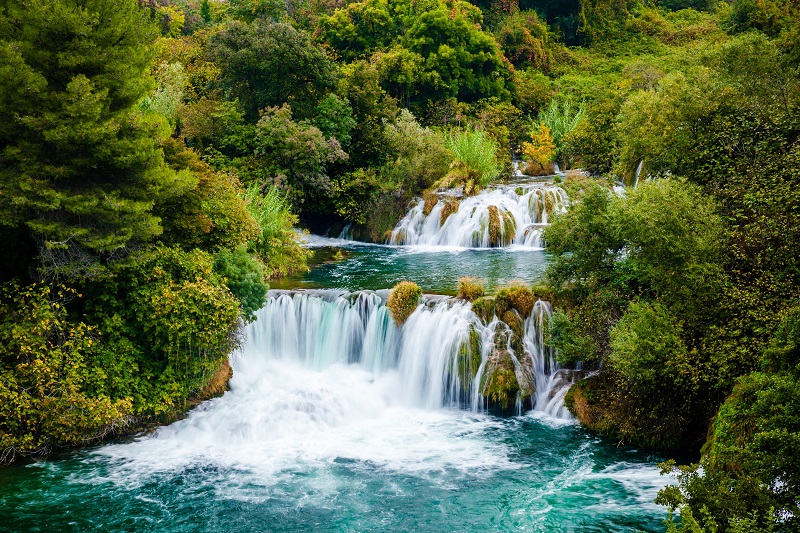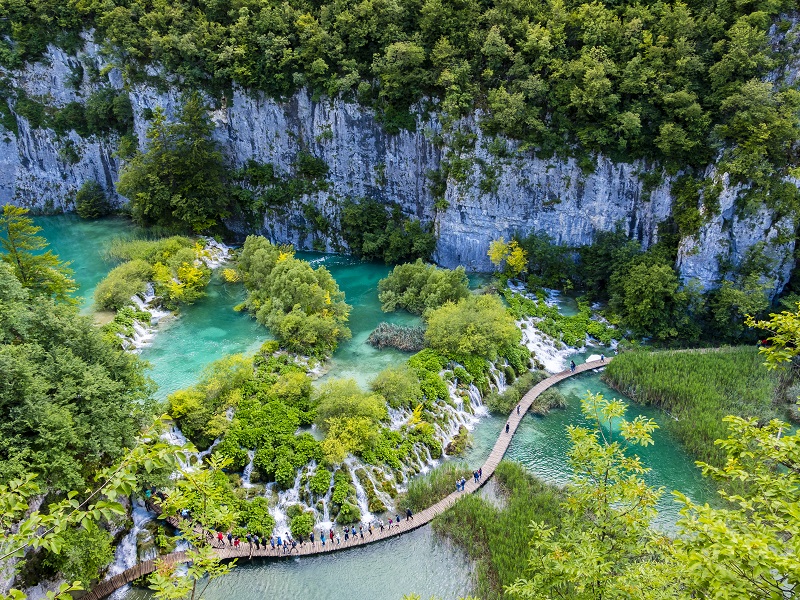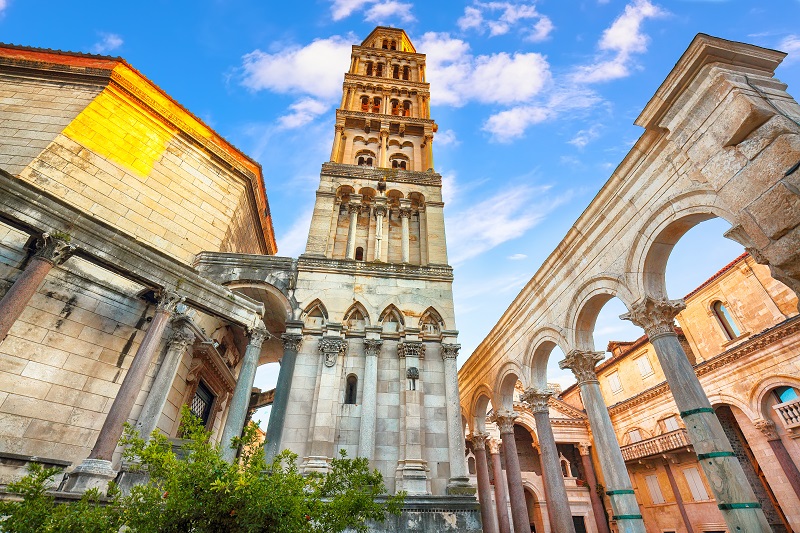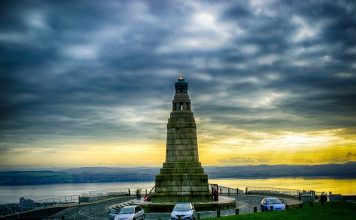Historical cities and untouched nature are some of the main attractions to see in Croatia. Its vibrant capital, Zagreb, as well as other more popular tourist destinations such as Dubrovnik or Split, are home to some of the best museums, galleries, restaurants and shops in the country. Along the coast, centuries-old port towns are lined with Venetian-era stone buildings, while countless pebble beaches offer things to do, including scuba diving, jet skiing and windsurfing.
In the Adriatic Sea, the wonderful Dalmatian Islands are a paradise for sailors and those who simply want to relax and enjoy the Mediterranean sun. If you are planning a trip to this country, keep reading and we will tell you the best 4 things Croatia is famous for.
Dubrovnik old town
Dubrovnik, Croatia’s most popular tourist destination and a UNESCO World Heritage Site, has its strength in the magnificent Old Town area, which is surrounded by solid medieval walls. Any visit to the city should begin with a walk around these sturdy walls (the entire loop is two kilometers long), incorporating forts, towers and cannons along the way.
You may enter the old town through the famous Pile Gate, which was built in 1537 and is one of the most impressive structures in the city. From the top of the wall, you can enjoy stunning views over the rooftops of the Old Town and the sparkling Adriatic Sea.
Other essential attractions to see in Dubrovnik are the attractive cathedral of the city, the spectacular Loggia Square and Fort Lovrijenac, one of the most important fortresses in the country.
Krka National Park
Located in the central part of the Dalmatia region, Krka National Park is a protected area of spectacular natural landscapes, wildlife and historical sites. Situated along the Krka River within the Sibinik-Knin county, the national park is best known for having some of the best natural pools and waterfalls in Croatia.
Easily accessible by car and bus from Split, the national park offers well-maintained trails and boat tours to enjoy the surroundings. The most popular attraction in the park is the network of waterfalls. The most admired of these are Skradinski buk and Roški Slap.
Many trails lead around the waterfalls, presenting fabulous photo opportunities. Some of the falls plunge into natural pools, which are available for swimming. In addition to the waterfalls, the surrounding landscape of lush vegetation, flowers, and glimpses of wildlife such as birds and dragonflies enhance the beauty of the park.
Also within the park there are other places to visit, such as historic monasteries and archaeological sites of Roman settlements and medieval fortresses. In addition, there are many tourist facilities such as museums, picnic areas, and restaurants.
Plitvice Lakes National Park
Another thing to see in Croatia is the Plitvice Lakes National Park, a series of turquoise lakes linked by waterfalls in the forested heart of mainland Croatia.
In this national park you will find dozens of lakes, some long, up to 4 km long, and others that are nothing more than small ponds lined with reeds. Its amazing colors are a product of the underlying bedrock. To tour the park you can enjoy the promenades that will allow you to easily cross this exquisite aquatic world.
If you want to escape the crowds, take one of the hiking trails through beech, fir and pine forests.
Diocletian’s Palace
Split, the second largest city in Croatia after Zagreb, was established within the ancient Roman walls of the massive Diocletian’s Palace. Located in a privileged position overlooking the Adriatic Sea, it was built by the Roman emperor Diocletian, who retired here in 305 AD.
Square in plan, it is more of a fortress than a palace and actually housed the emperor’s personal garrison. The palace has four monumental gates, three accessible from land and one that originally opened directly into the water. Inside the walls, things to see include the magnificent Peristyle (an arcaded courtyard), where you’ll also find the Cathedral of St. Domnius with its elegant bell tower.
A fun thing to do at night is to visit and enjoy the illuminated ruins, while concerts and shows are frequently held during the day. The old town is a pedestrian area and has been declared a UNESCO World Heritage Site.



















